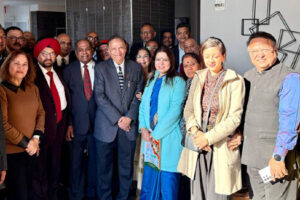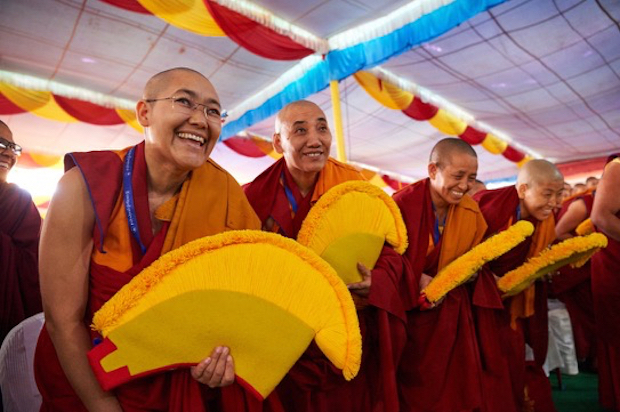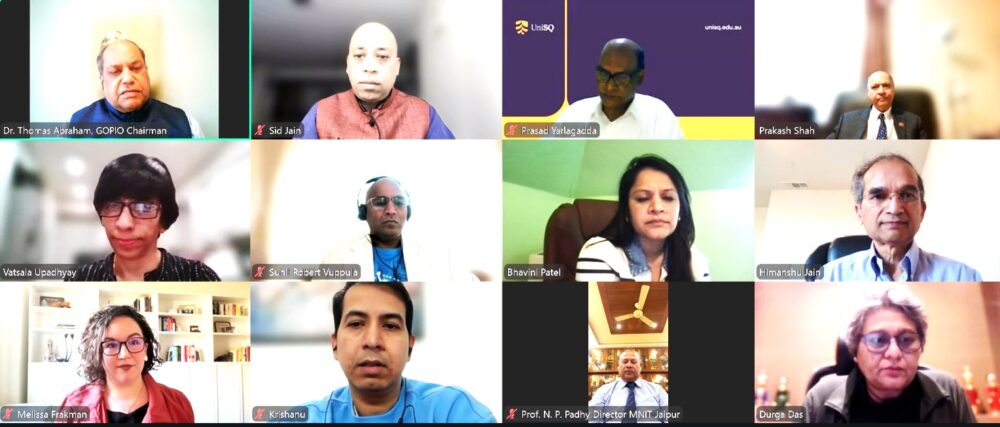In a major shift for gender equity within Tibetan Buddhism, many nuns are now pursuing advanced monastic degrees that were historically reserved for monks. The transformation is tied to reforms over the past decade, with the Dalai Lama playing a pivotal role in championing equal access to education.
From Exclusion to Inclusion
Until about 13 years ago, women in Tibetan Buddhist traditions had almost no pathway to the highest levels of religious scholarship. Over time, as more nuns entered exile in India and Nepal, and with growing support from international and grassroots organizations, that barrier began to erode.
Today, Tibetan Buddhist nuns are not only studying canonical Buddhist texts and philosophy but are also qualifying for the geshema degree—a credential equivalent to a doctoral level in Buddhist philosophy in the Gelug school. To earn this degree, nuns undergo years of rigorous study, culminating in demanding examinations in dialectical debate, philosophy, logic, and scriptural interpretation.
The Dalai Lama’s Influence
The 14th Dalai Lama has been outspoken about gender equality in spiritual education, emphasizing that intelligence is not determined by gender and that Buddhist teachings offer equal rights to all. His encouragement helped challenge entrenched assumptions about the roles women could play within monastic systems.
His influence extended into institutional change: the formal recognition of the geshema program for nuns was endorsed in the 2010s, and in 2016, he presided over a ceremony conferring the first 20 geshema degrees to Tibetan Buddhist nuns—an historic moment in the monastic world.
Expanding Leadership Roles
As more nuns earn higher degrees, they are stepping into new leadership positions—teaching fellow monastics, serving as principals of nunneries, and guiding Buddhist centers worldwide. Their scholarly status also strengthens their voice in religious communities and enables them to mentor future generations of nuns.
This evolution not only advances gender equity in Tibetan Buddhism but helps preserve and revitalize Buddhist teachings—especially in diaspora communities where cultural continuity is a concern. The rise of highly educated women in Buddhist monastic roles signals a new chapter of inclusion, intellectual legitimacy, and spiritual leadership.










